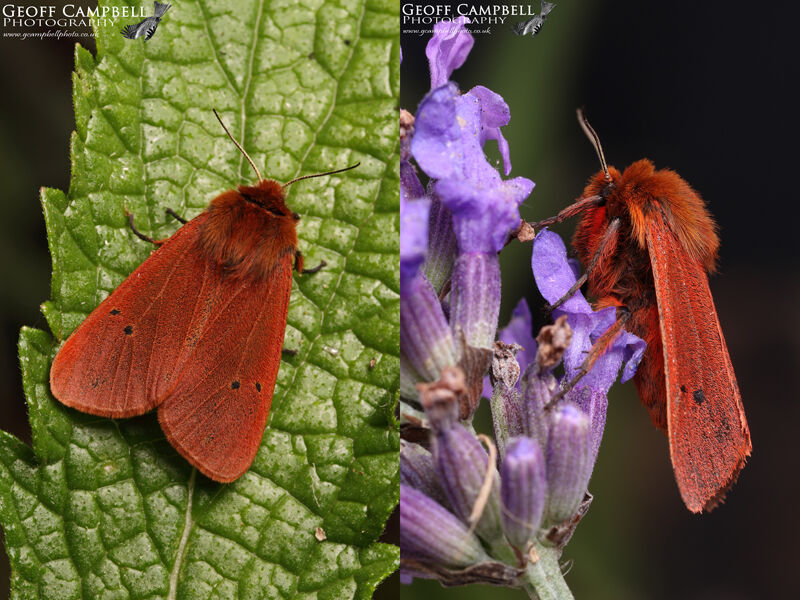Why Moths?
Magical Metamorphosis
25/01/2024
The transitions from egg to caterpillar to pupa to adult moths and butterflies have fascinated and inspired humans for centuries.


The Life Cycle of the Emperor Moth in North Antrim. From the female laying eggs, to the caterpillar, then pupating in a cocoon, to finally the male in flight.
All butterflies and moths, progress through four-stages of a life cycle, a complete metamorphosis. From egg, to larva (caterpillar), to pupa or cocoon, and finally to adult.
When the caterpillar reaches it’s final development stage and feeding is complete, the brain of the larvae will release enzymes which breakdown it’s tissues to their constituent proteins, within the pupal casing. Highly specialist cells called histoblasts use this soup of proteins to precisely construct the adult moth in all it’s glorious detail.
Studies have found that in at least some moth species retained memory exists between the larvae and adult stages in spite of going through the process of metamorphosis. This raises intriguing questions as to how this memory is preserved when physical elements of the moth broken down and then rebuilt in a completely new form. Parts of the brain and neural connections must remain intact.
As if this process is not amazing enough on it’s own, the constructions that some moths construct to house this transformation add a further sense of wonder. The cocoons that some of our moths species spin with silk are sometimes intricate and sometimes amazingly strong.

The Ruby Tiger transforms from the caterpillar right to the stunning moth left, resting on the beautiful silken cocoon pupated in, which it wove as a larva. These abilities have added to the sense of wonder around moths.
The pupal stage can vary from a few days to several months, depending on the lifecycle of the moth. For example some species overwinter as a pupa, ready to emerge in the following year.
A number of species are able to enter an extended diapause, or dormancy phase as pupa, delaying emergence for several years when conditions are not optimal. The Small Eggar, a species that emerges very early in the year, and has likely been lost from North Antrim, can remain at the pupal stage for five years which allows the species to survive across years of long, cold winters.

Small Eggar moth as an adult and as caterpillars
When the caterpillar reaches it’s final development stage and feeding is complete, the brain of the larvae will release enzymes which breakdown it’s tissues to their constituent proteins, within the pupal casing. Highly specialist cells called histoblasts use this soup of proteins to precisely construct the adult moth in all it’s glorious detail.
Studies have found that in at least some moth species retained memory exists between the larvae and adult stages in spite of going through the process of metamorphosis. This raises intriguing questions as to how this memory is preserved when physical elements of the moth broken down and then rebuilt in a completely new form. Parts of the brain and neural connections must remain intact.
As if this process is not amazing enough on it’s own, the constructions that some moths construct to house this transformation add a further sense of wonder. The cocoons that some of our moths species spin with silk are sometimes intricate and sometimes amazingly strong.

The Ruby Tiger transforms from the caterpillar right to the stunning moth left, resting on the beautiful silken cocoon pupated in, which it wove as a larva. These abilities have added to the sense of wonder around moths.
The pupal stage can vary from a few days to several months, depending on the lifecycle of the moth. For example some species overwinter as a pupa, ready to emerge in the following year.
A number of species are able to enter an extended diapause, or dormancy phase as pupa, delaying emergence for several years when conditions are not optimal. The Small Eggar, a species that emerges very early in the year, and has likely been lost from North Antrim, can remain at the pupal stage for five years which allows the species to survive across years of long, cold winters.

Small Eggar moth as an adult and as caterpillars